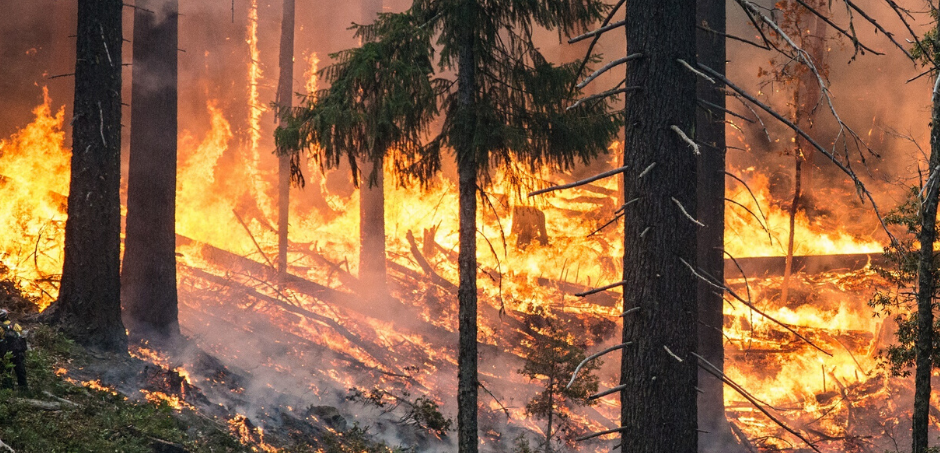California is no stranger to tragic wildfires. For years we have been battling some of the most devastating fires of our lifetimes, such as the Camp fire in 2018, which was the most devastating wildfire in California’s history to date. The Camp Fire burned over 153,000 acres of land and killed 86 people. According to Cal Fire and the United States Forest Service 6,402 fires have been recorded so far in 2019 and have burned an estimated 250,349 acres.
Unfortunately, these fires are hard to avoid. The Camp fire was infamously ignited by a faulty electric transmission line, others have been started by vehicle sparks on the side of the highway or cigarette butts. Thousands of people have suffered great losses from animals, family and friends to homes and valuables. The thought of these fires occurring every single year is haunting and terrifying. There is a hopeful way to help prevent wildfires that is more effective than mechanical methods. While it has been researched, it is still debated often.
When farmers and ranchers discuss how livestock can help prevent wildfires from raging through the state, they aren’t saying it selfishly to defend their way of life, because they too have experienced heartbreaking losses from these wildfires. Livestock might be one of our best defenses against this unnatural disaster.
Cattlemen, and livestock owners in general, understand that grazing is an important tool for land management and creates a mutually beneficial relationship. Cattle, goats and sheep can reach remote spots and willingly gobble up overgrown, lush grasslands- helping to remove the dangers of spreading wildfires and providing an eco-friendly option to decrease fire risk to valuable land that is home to wildlife or communities up and down the state. By doing so, these animals are also eating plants that are inedible to humans and might come from land where farming isn’t suitable. When we harvest these animals for meat and other by-products, we are helping the environment, providing nutrients for the livestock and helping humankind.
When animals can graze, they create a fire line that could protect property and structures from burning down in a fire. The options to make this happen range from grazing cattle on rangelands like cattlemen typically do, or even rent out a herd of goats to cut down brush in specific areas.
It’s important to note that grazing isn’t as simple as leaving animals loose on a piece of property, though. They must have proper fencing, water and supervision throughout their grazing time, and grass cannot be over-grazed because there is a risk that it will damage any future growth, which is still crucial to land management. This still requires a lot of planning and coordinating to ensure it is effective and environmentally beneficial.
With so many deadly fires in our state’s past, it’s a sensitive but necessary topic to discuss how we can better prepare for fire season and look at how agriculture is really needed to protect not only our people and communities, but our land as well.








